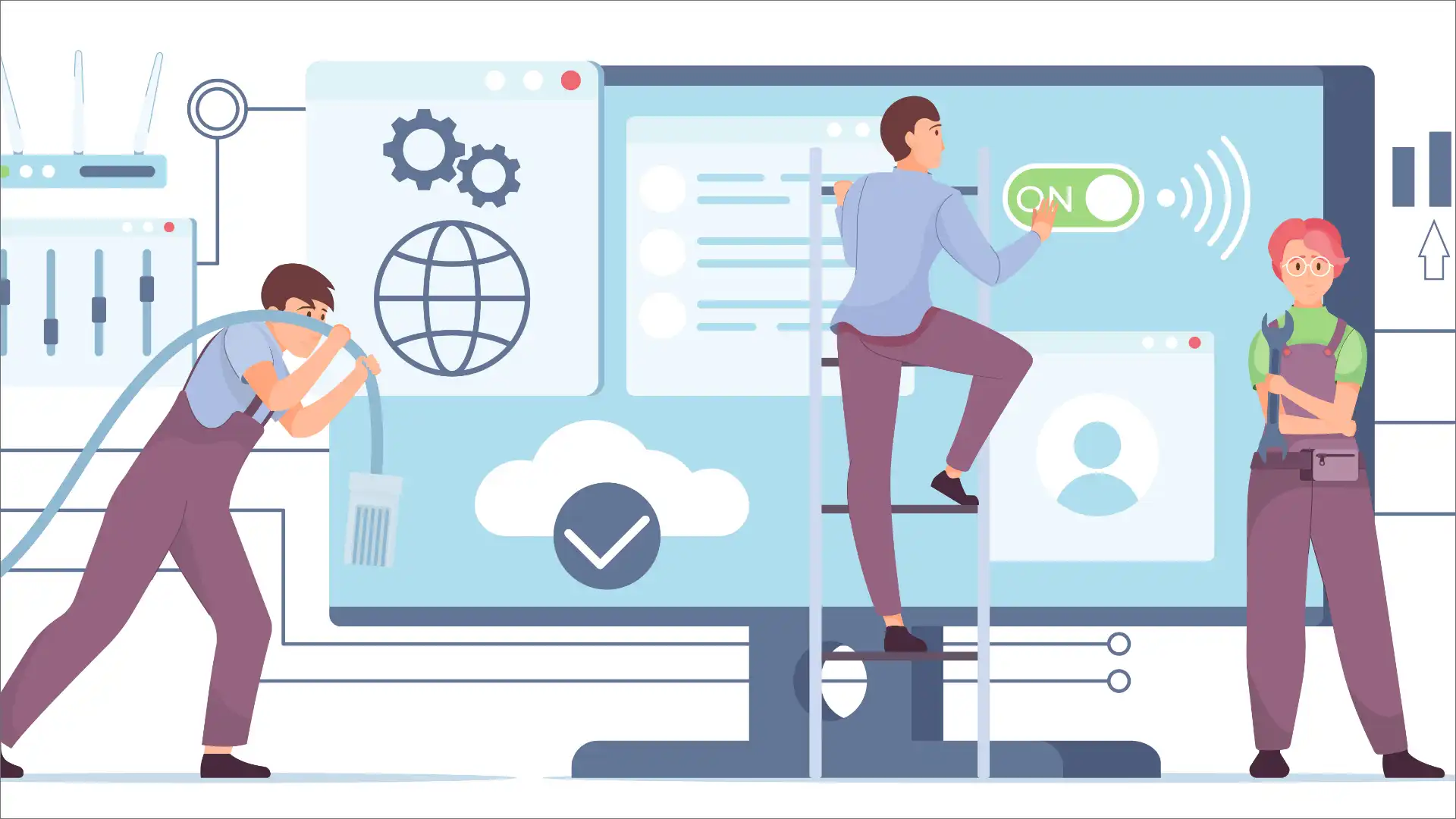
Why Enterprise Communications Needs Secure, Scalable Transcription Solutions?
Enterprise communication moves fast. Meetings stack up. Conversations unfold across emails, calls, video conferences, and messaging platforms. Information gets buried. Without a clear, searchable record, things fall through the cracks—tasks, deadlines, even legal protections. Transcription brings order. It captures every word, every shift in tone, and every key decision. But scale changes everything. A few recordings are easy. Hundreds demand infrastructure. Add security concerns, and basic tools fall apart. That’s why the right solution must handle volume without compromise. It must protect data, meet compliance standards, and deliver clarity across teams. Transcription becomes more than a convenience in a world where every word matters. It becomes a necessity. Complexity of Enterprise Communication Streams In large organizations, communication never stops. Teams collaborate across time zones. Clients call in with shifting demands. Compliance officers need exact records. Amid this noise, critical information often gets lost unless it’s captured, stored, and searchable. That’s where transcription comes in—but only if it’s built to handle enterprise demands. Here’s what makes enterprise communication uniquely complex: Multiple Formats: Audio, video, live meetings, conference calls, and voicemails—all need different handling. Diverse Platforms: Teams use Zoom, Microsoft Teams, Slack, and more, often in the same project. High Volume: A single department might generate hundreds of hours of content each month. Sensitive Content: Legal, financial, and HR conversations demand strict privacy and access control. Real-time Expectations: Teams can’t wait days for transcripts—they need fast, accurate results to keep moving. Without a system tailored to this environment, transcription becomes a bottleneck instead of a solution. Why Scalability Matters Across Departments? Transcription isn’t confined to one team. Legal needs accurate records for compliance. Sales wants transcripts of client calls for follow-ups. HR documents interviews, while product teams track user feedback. The need spans the entire organization, and grows fast. Scalability ensures that the system adapts when demand spikes. During audits or litigation, for instance, the legal team might need hundreds of hours transcribed in days. If the system stalls or breaks under pressure, the fallout affects everyone. Legal teams often face the heaviest transcription burden—depositions, client meetings, discovery calls, and compliance reviews all require precise documentation. During litigation or audits, the workload surges. That’s why many law firms turn to enterprise-level solutions tailored to legal demands. These platforms offer secure processing, fast turnaround, and scalable infrastructure that legal departments can rely on without slowing the rest of the business down. Security Is Non-Negotiable in Regulated Industries Some conversations carry more weight than others. A medical consult. A legal deposition. A financial planning session with a high-value client. These aren’t the kinds of recordings you can afford to leave unsecured or floating in the cloud. When transcripts contain private health information, financial records, or legal evidence, the stakes shift. You need more than convenience—you need a system that locks things down from start to finish. That means encryption during transfer and storage, access limited to the right people, and logs that show who saw what and when. Many off-the-shelf platforms skip over these safeguards. They don’t meet requirements under the Health Insurance Portability and Accountability Act (HIPAA), the General Data Protection Regulation (GDPR), or the Service Organization Control 2 (SOC 2) framework. If you’re in a regulated industry, skipping over security is never an option. It’s the first box you check. Transcription as a Tool for Compliance and Discovery In heavily regulated sectors, compliance isn’t a quarterly checklist. It’s a daily function that touches everything—from how teams communicate to how records are stored. Transcripts turn spoken words into evidence. That matters in audits, lawsuits, and internal reviews. When transcripts are searchable and timestamped, they create a clear trail. Regulators don’t want summaries. They want exact language, documented timelines, and proof that nothing’s been altered. That’s where transcription comes in. It supports legal discovery, strengthens compliance reporting, and makes incident reviews faster and more precise. Laws like the Sarbanes-Oxley Act, HIPAA, and GDPR often require detailed documentation of communications. Without accurate transcripts, proving compliance gets harder. When things go wrong, clear records mean the difference between resolution and prolonged legal exposure. Supporting Multilingual, Global Operations Global teams bring depth, reach, and fresh perspective. But they also add complexity. Communication spans languages, time zones, and cultural contexts. Without transcription that adapts to this scale, key insights get lost in translation. Multilingual transcription does more than convert words. It captures tone, intent, and nuance across regional dialects. This matters during contract negotiations, employee onboarding, or cross-border compliance calls. A misinterpreted phrase can delay a deal or trigger confusion across offices. Scalable solutions with language support help keep everyone aligned. They make it easier to unify global operations, meet local regulations, and maintain consistency in training, documentation, and client communications. When everyone speaks and is heard clearly, collaboration becomes smoother and outcomes more predictable. AI Integration and Human Accuracy Speed matters, but so does precision. That’s the tradeoff many enterprises face when relying on automated transcription. AI-driven tools can process hours of audio in minutes, yet they often stumble over accents, industry jargon, or overlapping voices. The result? Fast transcripts filled with subtle and costly errors. That’s why the best systems use a hybrid approach. AI handles the bulk of the work, delivering speed and structure. Then trained professionals step in to review, correct, and clarify. This mix ensures context stays intact, names are spelled right, and sensitive details don’t get misrepresented. In enterprise settings, close enough isn’t good enough. A transcript riddled with inaccuracies slows everything down. With AI and human expertise working together, you get the speed to scale and the accuracy to trust. This balance matters most when decisions rely on exact phrasing or technical details. A small error in wording can shift meaning, delay projects, or create unnecessary risk. Wrapping Up Secure, scalable transcription is essential for enterprise communication. As conversations become more layered and sensitive, the systems that capture them must be precise, protected, and ready to grow. This is less about speed and more about clarity, trust, and long-term value. When transcription is done right, it strengthens operations, reduces risk, and supports smarter decisions across the organization. Read More : Remote IT Support Staffing for VoIP: Challenges and Solutions








